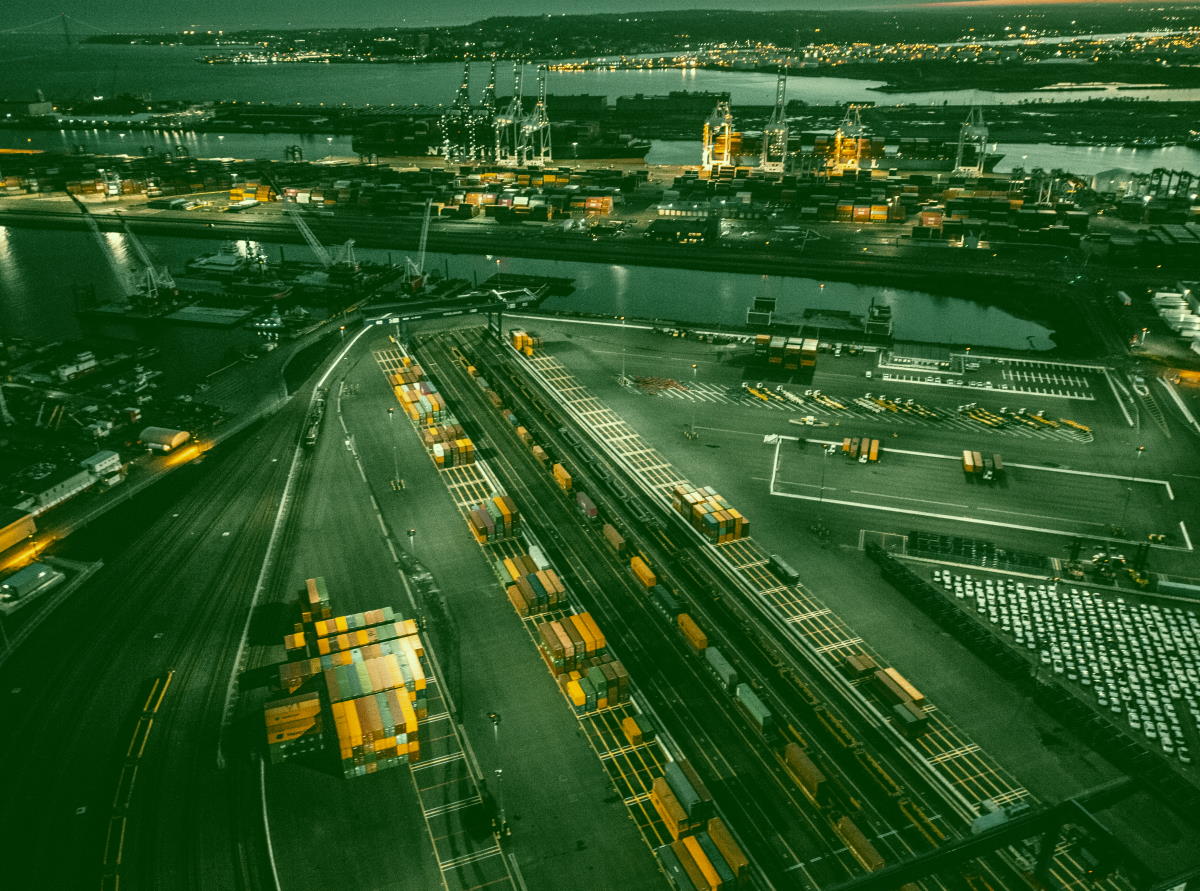The Impact of Supply Chain on the Environment
What I think the world of logistics could be doing to help minimise our impact

Without waiting for the new electrified vehicles or greener energy sources we could be using the existing infrastructure in a more economic way if we take a Total Delivered Cost approach and ensure we don’t waste resources transporting fresh air to meet a monetary cost target alone.
More bits in a box, more boxes in containers
and more containers on ships
As we all know the world is facing a significant challenge from Climate Change and there is a great deal of work going on to try to come up with a response that will meet that challenge and protect the environment.
I am not going to go into my thoughts on the effectiveness of the responses so far,
a) I’m not qualified and
b) The purpose of this blog is to talk about what I think the world of logistics could be doing to help minimise our impact…….
Waste not, want not – are we making the best use of our existing resources?
The first thing I want to talk about is what can we do with what we already have?
I know the evolution of electrified transportation will provide an opportunity for zero emissions (at point of use) and ultimately wind and solar energy will massively reduce the environmental impact of energy generation, but we could already do so much more with what we have……
Many years ago, I gave a presentation to my new boss who wanted to know how the logistics organisation I was running was going to help our company meet the environmental targets it had committed to. My answer was “more bits in a box, more boxes in containers and more containers on ships”. After he had calmed down from telling my strategy was too simplistic, we had a good conversation about what this would mean for the business and the environment:
For the business it meant carrying more inventory but maximising the use of the transport system i.e. not shipping empty space. For the environment it meant we took less journeys to move the same amount of material which meant less fuel, less congestion. This change would mean a challenge to some of the Just In Time thinking the auto industry had been driving for decades but it would force the business to look at balancing the Total Delivered Cost of a product including its environmental cost.
How do we know we are taking the whole cost into account?
Total Delivered Cost or Total Cost of Acquisition are methods of understanding the total cost of getting a product to market, looking at the cost of buying, transporting, storing, assembling the components into a finished product and then storing, transporting and delivering that product into the hands of a customer.
This can be done for both the monetary cost as well as the environmental cost.
Back to waste not, want not
So my point is, without waiting for the new electrified vehicles or greener energy sources we could be using the existing infrastructure in a more economic way if we take a Total Delivered Cost approach and ensure we don’t waste resources transporting fresh air to meet a monetary cost target alone.
Darren Chaisty FCILT – Director North Star Projects ltd
In Summary…
INTERESTED?


Leave A Comment